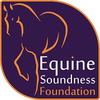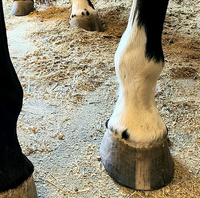
Lameness prevention: Is a whole-body approach to navicular disease on the horizon?
written on April 14, 2021, 10:26 pm
“Navicular” is a diagnosis that nobody wants to hear. The prognosis is often poor, resulting in full or partial retirement of the horse. It is usually associated with front foot pain and damage to the navicular bone, deep inside the hoof structure, and any of a number of structures around it (Figure 1). But what if there was a way to prevent it through training? A promising review paper on navicular syndrome crossed our desk: The Equine Navicular Apparatus as a Premier Enthesis Organ: Functional Implications by Osborne, Blas-Machado, Cornille, and Uhl. In line with ESF’s mission to prevent lameness, the authors of this review paper think prevention is possible through precision training.
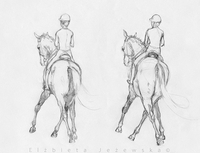
Horse Spinal Rotation and Rider Asymmetry
written on August 23, 2020, 10:26 pm
It has been established that rider asymmetry and saddle slip are associated with lameness 1. On the other hand, research shows that there is axial spinal rotation associated with lateral bending, particularly between approximately the 9th and 14th thoracic vertebrae 2. (See Figure 1).
This is right where the rider sits. Axial rotation can occur such that withers slightly tip toward the inside of the lateral bend (in left bend, the inside is left). This can also be stated as the sternum swings slightly toward the outside of the lateral bend (in left bend the outside is right). Rotation can also occur such that the withers tip to the outside of the lateral bendand we can call that counter-rotation.
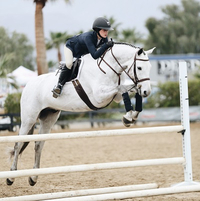
Preventing Osteoarthritis in Horses: What Needs to Happen to Avoid Lameness?
written on June 17, 2020, 9:22 pm
You can read our full review article about OA causes, treatments and new prevention strategies here.
We all have probably heard that “horses are fragile”, that “they simply break down easily”. But are those statements really true? Let’s look at an example of a disease that underlies over 60% of lameness cases and is the major cause for “loss of use” in horses 1.
Osteoarthritis (OA) is a progressive disease of the joint 2. Degeneration of the articular cartilage, a pliable tissue located at the interface between the two bones, pain and joint dysfunction are the

Kinematics
written on April 29, 2020, 4:46 pm
What is kinematics it and how is it used with horses?
Kinematics is an area of study that is used to analyze motion. It is not to be confused with its close relative, Kinetics, which is concerned with forces. Kinematics looks at movement patterns by taking snapshots in time. Why is kinematics important for horses? It is because analysis of movement patterns can tell us whether our horses show early signs of lameness or other locomotion abnormalities that can ultimately lead to injuries and lameness 1.
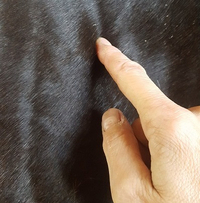
Mechano-sensitivity
written on April 29, 2020, 4:22 pm
Did you know that muscles, ligaments, cartilage and bone are both sensitive and responsive to mechanical stimulation? What do we mean by that?
This means that in response to stretching, compression or other mechanical stimuli, cells can change the way they behave and tissues can re-organize themselves.
For instance, cells of the cartilage, called chondrocytes, can change in shape due to pressure on the joints during movement, and in response to this mechanical signal can determine whether they need to produce more or less of the cartilage matrix components 1. In response to an exercise
